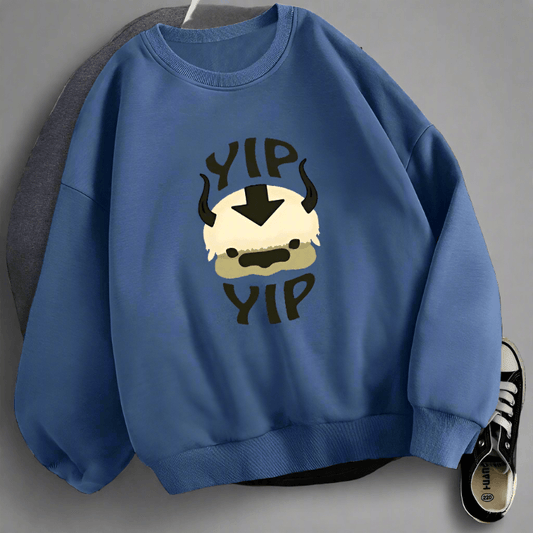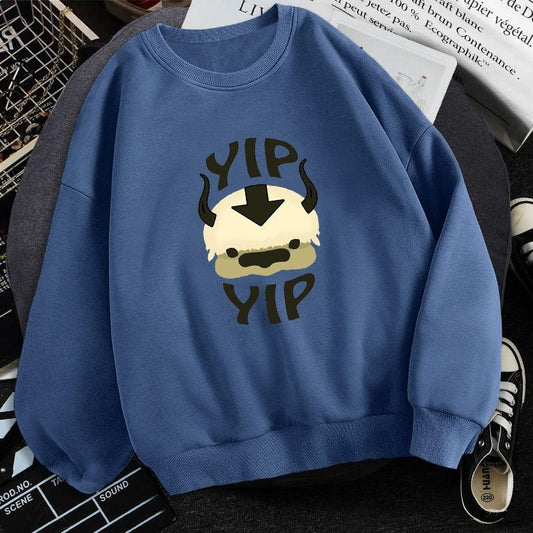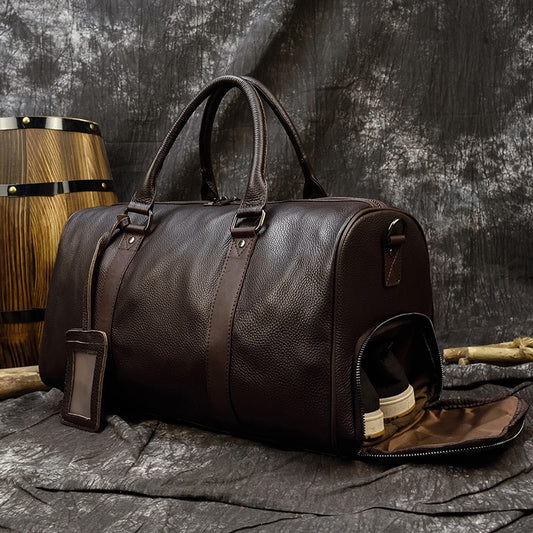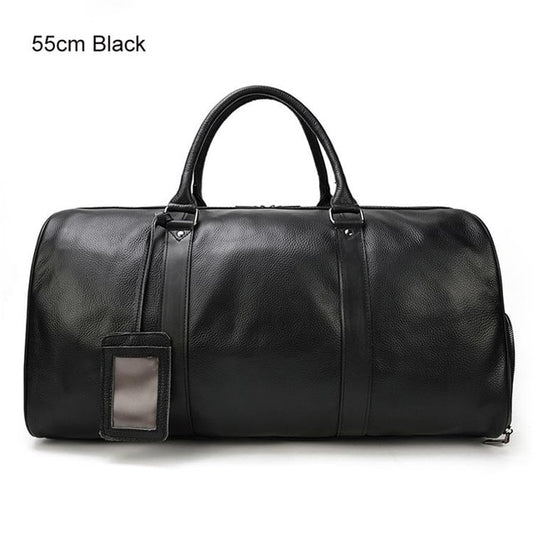Malt Liquor: Uncovering the Truth Behind the High-Octane Brew
From corner stores to craft breweries, malt liquor has a controversial reputation. But what exactly is this high-octane brew? Malt liquor is a type of beer known for its higher alcohol content, often causing confusion and sparking debate among consumers and industry professionals alike. Understanding malt liquor's composition, production, and cultural impact is crucial for informed consumption and industry awareness.
The Evolution of Malt Liquor: From Traditional Brewing to Modern Controversy
Malt liquor's roots can be traced back to traditional brewing practices, but its evolution has led to a unique place in the beer industry. Originally, brewers sought to create stronger beers by manipulating the brewing process and ingredients. Over time, this led to the development of what we now know as malt liquor.
Historical Development
In the early 20th century, brewers began experimenting with ways to increase the alcohol content of their beers. This was partly in response to the end of Prohibition and changing consumer preferences. The term "malt liquor" was first used in the 1940s, with Colt 45 being one of the first commercially successful brands.
Current Relevance
Today, malt liquor occupies a unique position in the beer market. It remains popular among budget-conscious consumers due to its high alcohol content and affordability. However, recent years have seen an emerging trend in craft brewing, with artisanal brewers putting their spin on this controversial beverage.
Defining Malt Liquor: More Than Just Strong Beer
Malt liquor is often misunderstood or oversimplified. Let's break down its key characteristics:
Alcohol Content
One of the defining features of malt liquor is its high alcohol content. While standard beers typically range from 4.5% to 8% Alcohol By Volume (ABV), malt liquors often boast an ABV of 12% to 20%. This significant difference in alcohol content is what sets malt liquor apart from its beer counterparts.
Brewing Process
To make beer, you usually boil grains such as barley, wheat, and rye to extract the fermentable sugars, and then you add yeast. When making malt liquor, however, brewers want the alcohol to be much higher. To achieve that higher level of alcohol, they need to add more sugar (more sugar = more alcohol) so they incorporate adjuncts like corn and even pure white sugar.
Taste Profile
Due to the additional sugars and extended fermentation process, malt liquor often has a sweeter taste compared to standard beers. It also tends to be less carbonated, giving it a smoother mouthfeel.
The Production Process: Crafting High-Octane Brews
Understanding the production process of malt liquor helps shed light on its unique characteristics:
- Base Beer Production: The process begins similarly to standard beer brewing, with malted grains being mashed to extract fermentable sugars.
- Addition of Adjuncts: This is where malt liquor production diverges. Brewers add adjuncts such as corn, rice, or pure sugar to increase the fermentable sugar content.
- Extended Fermentation: The increased sugar content allows for a longer fermentation period, resulting in higher alcohol content.
- Minimal Hopping: Malt liquors typically use fewer hops than standard beers, contributing to their sweeter taste profile.
- Packaging: Malt liquors are often packaged in larger containers, such as 40-ounce bottles, which has become iconic for the category.
Market Presence and Consumer Base: Understanding the Malt Liquor Landscape
Malt liquor's market presence and consumer base have been shaped by various factors:
Wide Availability
Malt liquor is widely available in convenience stores and gas stations across the United States. This accessibility, combined with its affordability, has contributed to its popularity among certain consumer segments.
Budget-Conscious Consumers
A significant portion of malt liquor's consumer base consists of budget-conscious drinkers. As one industry observer notes, "Malt liquor is not considered a classy drink at all. It is just beer brewed about as strong as you can get it." This perception has led to both positive and negative associations with the product.
Emerging Craft Malt Liquor Market
In recent years, there has been a growing trend of craft breweries producing high-quality malt liquors. This development is changing perceptions and attracting a new consumer base interested in exploring unique, high-alcohol content beers.
Comparing Malt Liquor, Standard Beer, and Fortified Beer
To better understand malt liquor's place in the beer industry, let's compare it to standard beer and fortified beer:
| Characteristics | Malt Liquor | Standard Beer | Fortified Beer |
|---|---|---|---|
| Alcohol Content | 12%-20% ABV | 4.5%-8% ABV | Varies, often higher |
| Ingredients | Extra malt, sugar, corn | Barley, wheat, rye, hops | Varies, often includes additional spirits |
| Taste | Sweeter, less carbonated | Varies by type | Often stronger, more complex |
| Popularity | Budget-conscious drinkers | Broad consumer base | Niche market |
| Production | Brewed with adjuncts | Traditional brewing | May involve additional spirits |
Current Trends and Future Projections: The Evolving World of Malt Liquor
The malt liquor industry is experiencing several noteworthy trends:
Rise of Craft Malt Liquors
Craft breweries are increasingly experimenting with malt liquors, creating premium versions that challenge traditional perceptions. This trend is attracting a new demographic of beer enthusiasts interested in exploring high-alcohol content brews.
Changing Consumer Preferences
There's a growing demand for stronger, more affordable beverages among certain consumer segments. This trend aligns well with malt liquor's characteristics, potentially driving continued interest in the category.
Potential Market Expansion
The influence of craft brewing on malt liquor production could lead to market expansion. As perceptions change and new, high-quality options become available, malt liquor may attract a broader consumer base.
Societal and Industry Impact: The Double-Edged Sword of Malt Liquor
Malt liquor's impact extends beyond its taste and alcohol content:
Health Concerns
The high alcohol content of malt liquor has raised significant health concerns. Rapid intoxication and increased risk of alcohol-related health issues are often associated with malt liquor consumption.
Economic Impact
Despite controversies, malt liquor contributes significantly to beverage industry revenue. Its affordability and popularity among certain consumer segments make it a consistent performer in the market.
Cultural Associations and Stereotypes
Malt liquor has been associated with specific socioeconomic groups and urban culture, leading to both positive and negative stereotypes. These associations have influenced marketing strategies and public perception of the product.
Controversies and Debates: Navigating the Complexities of Malt Liquor
Malt liquor is no stranger to controversy:
Socioeconomic Associations
The perception of malt liquor as a "poor man's drink" has led to debates about targeted marketing and social responsibility in the alcohol industry.
Health and Safety Concerns
The high alcohol content of malt liquor has raised concerns about its impact on public health, particularly in low-income communities where it is often more readily available.
Regulatory Challenges
Different states have varying regulations regarding the classification and sale of malt liquor, leading to inconsistencies in how it's marketed and distributed across the country.
How To Appreciate Malt Liquor Responsibly
For those interested in exploring malt liquor, here are some tips for responsible consumption:
- Understand Alcohol Content: Be aware that malt liquor has a higher ABV than standard beer. Adjust your consumption accordingly.
- Know Your Serving Sizes: A standard serving of malt liquor is typically smaller than that of regular beer due to its higher alcohol content.
- Pair with Food: Like any alcoholic beverage, malt liquor is best enjoyed with food. Consider pairing it with hearty dishes that can stand up to its strong flavor profile.
- Explore Craft Options: Try craft malt liquors to experience high-quality versions of this controversial brew.
- Practice Moderation: As with any alcoholic beverage, moderation is key. Be mindful of your limits and drink responsibly.
Frequently Asked Questions About Malt Liquor
What are the legal classifications for malt liquor in different states?
Legal classifications vary by state. Some states classify malt liquor based on alcohol content, while others use specific ingredient criteria. It's important to check local regulations for accurate information.
How does the calorie content of malt liquor compare to other alcoholic beverages?
Malt liquor typically has more calories than standard beer due to its higher alcohol content and residual sugars. However, calorie content can vary widely between brands and should be checked individually.
Are there any health benefits associated with moderate malt liquor consumption?
While some studies suggest moderate alcohol consumption may have certain health benefits, these are generally not specific to malt liquor. The high alcohol content of malt liquor means any potential benefits are likely outweighed by risks associated with excessive consumption.
How has the craft brewing movement influenced malt liquor production and perception?
The craft brewing movement has led to the creation of premium malt liquors, challenging traditional perceptions of the beverage. This has attracted new consumers and is slowly changing the image of malt liquor in the market.
What are some popular malt liquor cocktails or mixed drinks?
While malt liquor is typically consumed straight, some popular mixers include fruit juices or energy drinks. However, it's important to note that mixing malt liquor with other high-sugar or caffeinated beverages can mask its high alcohol content, potentially leading to overconsumption.
Challenges and Solutions in the Malt Liquor Industry
Overcoming Negative Stereotypes
Challenge: Malt liquor has long been associated with negative stereotypes, particularly regarding socioeconomic status and irresponsible drinking.
Solution:
- Education about craft malt liquors and their place in the Here's the continuation of the HTML code, picking up exactly where it left off: broader beer industry.
- Responsible marketing practices that focus on the product's qualities rather than reinforcing stereotypes.
Addressing Health Concerns
Challenge: The high alcohol content of malt liquor raises significant health concerns, particularly regarding overconsumption and alcohol-related health issues.
Solution:
- Promoting responsible consumption through clear labeling and public education campaigns.
- Developing lower-alcohol alternatives that maintain the distinctive taste profile of malt liquor.
Navigating Regulatory Differences
Challenge: Inconsistent regulations across states create challenges for producers and distributors of malt liquor.
Solution:
- Industry advocacy for more consistent regulations across states.
- Clear labeling and consumer education to ensure compliance with local laws and informed consumption.
Ethical Considerations and Best Practices
The malt liquor industry faces unique ethical challenges that require careful consideration:
Responsible Marketing and Advertising
Producers should focus on ethical marketing practices that don't target vulnerable populations or glorify excessive consumption. This includes avoiding imagery or messaging that reinforces negative stereotypes associated with malt liquor.
Supporting Community Health Initiatives
Companies involved in malt liquor production and distribution can demonstrate social responsibility by supporting community health and education initiatives, particularly in areas where their products are popular.
Promoting Diversity and Inclusion in the Brewing Industry
The craft malt liquor movement presents an opportunity to promote diversity and inclusion in the brewing industry, challenging historical stereotypes and broadening the appeal of this controversial beverage.
Success Stories: Redefining Malt Liquor's Image
Despite its controversial reputation, there are success stories within the malt liquor industry:
Craft Breweries Revitalizing Malt Liquor's Image
Several craft breweries have successfully introduced premium malt liquors, challenging preconceptions and attracting a new demographic of consumers. For example, Founders Brewing Co.'s DKML, a bourbon barrel-aged malt liquor, has received critical acclaim and helped elevate the category.
Community-Focused Brands Giving Back
Some malt liquor brands have focused on community engagement and social responsibility. While specific examples are limited, this approach represents a potential path for brands looking to change perceptions and make a positive impact.
Innovative Products Gaining Critical Acclaim
The emergence of craft malt liquors has led to innovative products that are gaining recognition in the beer industry. These products often combine traditional malt liquor brewing techniques with creative ingredients and aging processes, resulting in unique and highly regarded beverages.
Tools and Resources for Malt Liquor Enthusiasts and Producers
For those interested in exploring or producing malt liquor, several tools and resources are available:
Alcohol Content Calculators
Online calculators can help home brewers determine the potential alcohol content of their malt liquor recipes based on initial and final gravity readings.
Malt Liquor Tasting Guides and Flavor Wheels
As craft malt liquors gain popularity, tasting guides and flavor wheels specific to this category are emerging, helping consumers appreciate the nuances of different products.
Responsible Drinking Apps and Resources
Various apps and online resources provide information on responsible alcohol consumption, including tools to track intake and estimate blood alcohol content.
Conclusion: The Complex World of Malt Liquor
Malt liquor occupies a unique and often controversial position in the beer industry. Its higher alcohol content, distinctive brewing process, and cultural associations set it apart from standard beers. While it has faced criticism and stereotypes, the emergence of craft malt liquors and changing consumer preferences are reshaping its image and market presence.
Understanding malt liquor requires acknowledging its complexities – from its production process and taste profile to its societal impact and ethical considerations. As the industry evolves, it faces challenges in overcoming negative perceptions while also addressing legitimate concerns about health and responsible consumption.
The future of malt liquor likely lies in balancing tradition with innovation, responsible marketing with broader appeal, and maintaining its unique characteristics while addressing societal concerns. Whether viewed as a budget-friendly option or a craft brewing frontier, malt liquor continues to be a significant and evolving part of the beer industry landscape.
Additional Resources
For those looking to delve deeper into the world of malt liquor, consider exploring these resources:
- Remedy Liquor: Malt Liquor vs. Beer
- VinePair: Ask Adam: What's the Difference Between Malt Liquor and Beer?
- Tar Barrel: How Is Malt Liquor Different Than Beer?
- Reddit discussion: What is malt liquor?
These sources offer additional perspectives and information to complement the comprehensive overview provided in this article. Remember to approach malt liquor, like any alcoholic beverage, with awareness and responsibility.































































